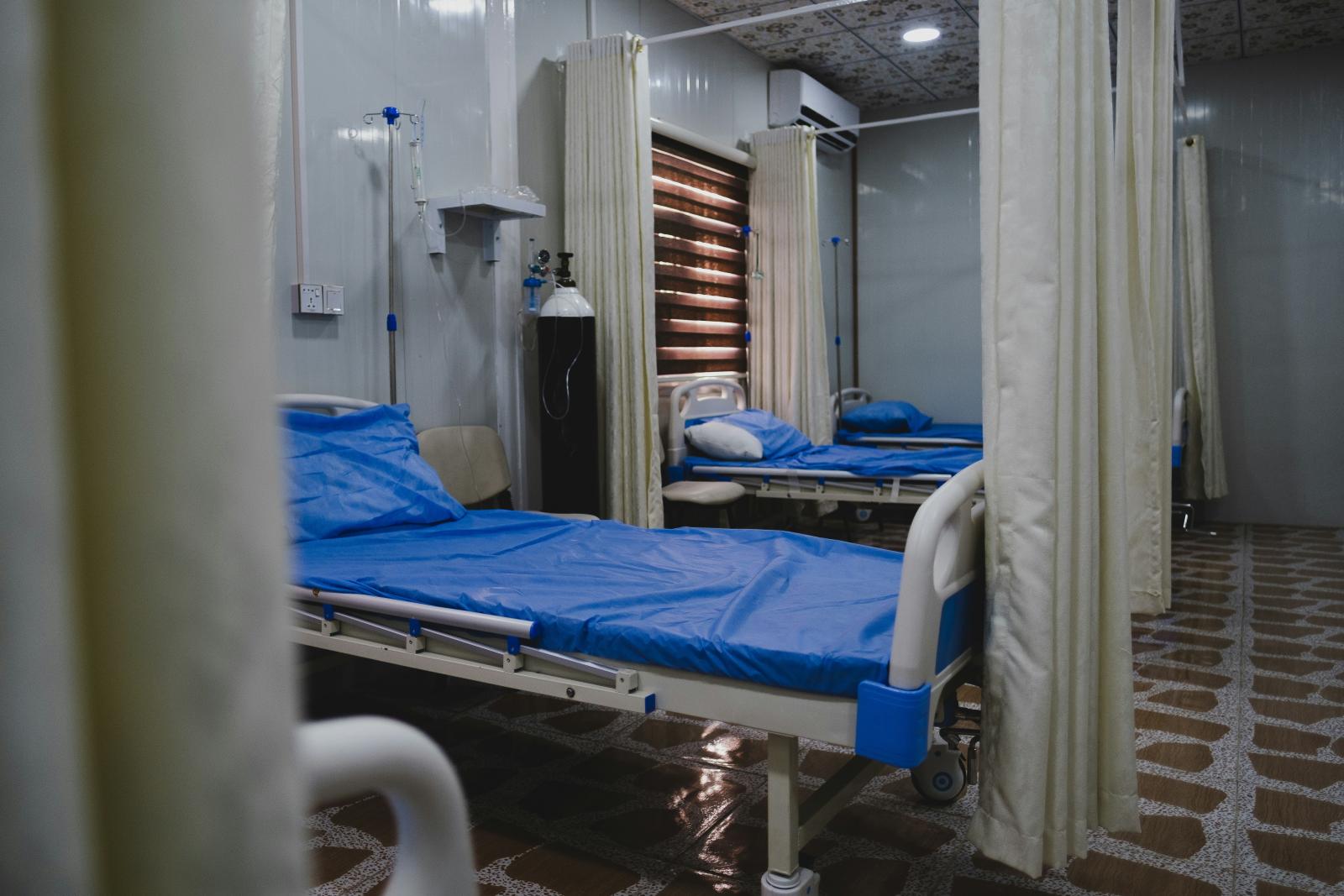I am researcher at the Physics Department of the University La Sapienza of Rome. With the present contribution, I would like to witness on how a young researcher can carry out scientific and technological forefront research in Italy by exploiting both Italian and European opportunities.
My research field is quantum information, a novel science recently introduced by the merging of classical information theory and quantum physics. Its main objective is to understand the quantum nature of information and to learn how to formulate, manipulate and process quantum information by using physical systems that behave according to the principles of quantum mechanics.
According to my experience, the possibility for a researcher to grow and make a career in the Italian system resides on a proper combination of efforts devoted to pure scientific challenges and of capabilities of creating synergies at local, national and international level.
After the degree in physics in Napoli, I moved to Rome to work, as a PhD student, at the Physics Department of La Sapienza, under the supervision of Francesco De Martini, a pioneer in the field of quantum information who, at that time, had just demonstrated for the first time the quantum teleportation of a single photon state. The doctorate was a crucial training experience: from the beginning I had strong responsibilities and the opportunity to succeed or fail in experimental quantum optics.
After five years of post-doctoral fellowships, I was recruited as assistant professor at the Physics Department of La Sapienza. Since my appointment, I started several new profitable collaborations, in particular the synergy with the Nonlinear Optics of Liquid Crystal Group of the University of Naples “Federico II”, which led to several publications and to the successful application – as a coordinator of the Rome Unity – for an European Project on the Future Emerging Technologies initiative. The involvement in an European project with worldwide leader groups represented a unique growing opportunity with the possibility to continuously discuss and compare any aspect of science. Almost simultaneously, I received an Italian grant for young researchers (FIRB – Future in Research) as principal investigator in collaboration with the University of Florence. This project has been the first occasion for me to fully manage my own research with a commitment that ranged from the pure scientific investigation to the quite heavy bureaucratic duties.
Shortly after, our research group started a new research line on integrated quantum photonics. Also in this case, the synergy with the Institute of Photonics and Nanotechnologies of the CNR and with the Polytechnic of Milan was the fundamental ingredient to achieve relevant scientific results in a short time. In 2012, I was awarded an ERC Starting Grant – Consolidator on “3D Quantum Integrated Optical Simulation” (http://www.3dquest.eu). At last, I had the chance to tackle one of my main objectives: the possibility to create and motivate a qualified workgroup. Indeed passion, synergy and enthusiasm are the driving forces of our collective research activity. This achievement represented the turning point of my scientific career, inducing a stronger visibility and a larger international recognition. Therefore, both national and international collaborations have been largely strengthened by opening new collaborations with Brazil, Chile, UK and USA. More recently, from September 2013, I am the Coordinator of a Marie Curie Training Network on integrated quantum photonics (www.picque.eu). The management of a project involving 18 partners is quite a challenge: again synergic interactions and the willingness to work together to achieve ambitious goals are the key elements.


